We recently connected with Sarah Evans and have shared our conversation below.
Hi Sarah, thanks for joining us today. Let’s jump back to the first dollar you earned as a creative? What can you share with us about how it happened?
The very first creative thing I remember making money on was in 2005 at the student/alumni sale while in my Junior year of illustration at the Rhode Island School of Design. I was taking a class called the Entrepreneur which was taught by an accomplished illustrator, Oren Sherman and the premise of the class was to expand our opportunities as designers by coming up with not just artwork, but physical products that could be made and sold. Mostly it was conceptual, but one of our more important assignments was to make something in multiples and sell it at the school sale. I came up with an idea called ‘The Nightmare Snatcher journal’ a monster that was part plush, part journal The idea was to write down your bad dreams and the Snatcher would eat them up. I made each one unique, enlisted my father to write a spell like poem for them and brought them to the sale. Before the sale started, I sold one to another student, and before the day was out I had sold every single one.


Sarah, love having you share your insights with us. Before we ask you more questions, maybe you can take a moment to introduce yourself to our readers who might have missed our earlier conversations?
I am the sole designer and maker for Spiderbite Boutique, a business where I sell my handmade creepy, cute plush and illustration work. I sort of stumbled into toymaking while in art school. The projects I enjoyed the most weren’t the painting and drawing classes, but the ones where I was using more scultpural media. I enjoyed the problem solving aspect of these types of projects, learning how to use new materials, figuring out how something that has multiple dimensions best fits in the world, and basically solving things in the round as opposed to paper. I mever really liked sketching, I had an idea and I would just want to make it. My illustration work throughout art school was always kind of split down the middle in terms of tone, it was playful and colorful or it was very dark and disturbing. I remember meeting for a portfolio review the school had set up with different industry leaders (publishers, animation studios, etc) and nobody really quite knew what to do with me, my work was so divided. However, when I created the Nightmare Snatcher journals in my entrepreneur class, it just kind of clicked, my work was best when blending both the creepy and the cute together. I think thats what helps to make work standout, it’s a bit spooky in theme but you still want to cuddle with it. I think it’s important to be able to embrace horror and fear, so I try to make cute things that make that possible!

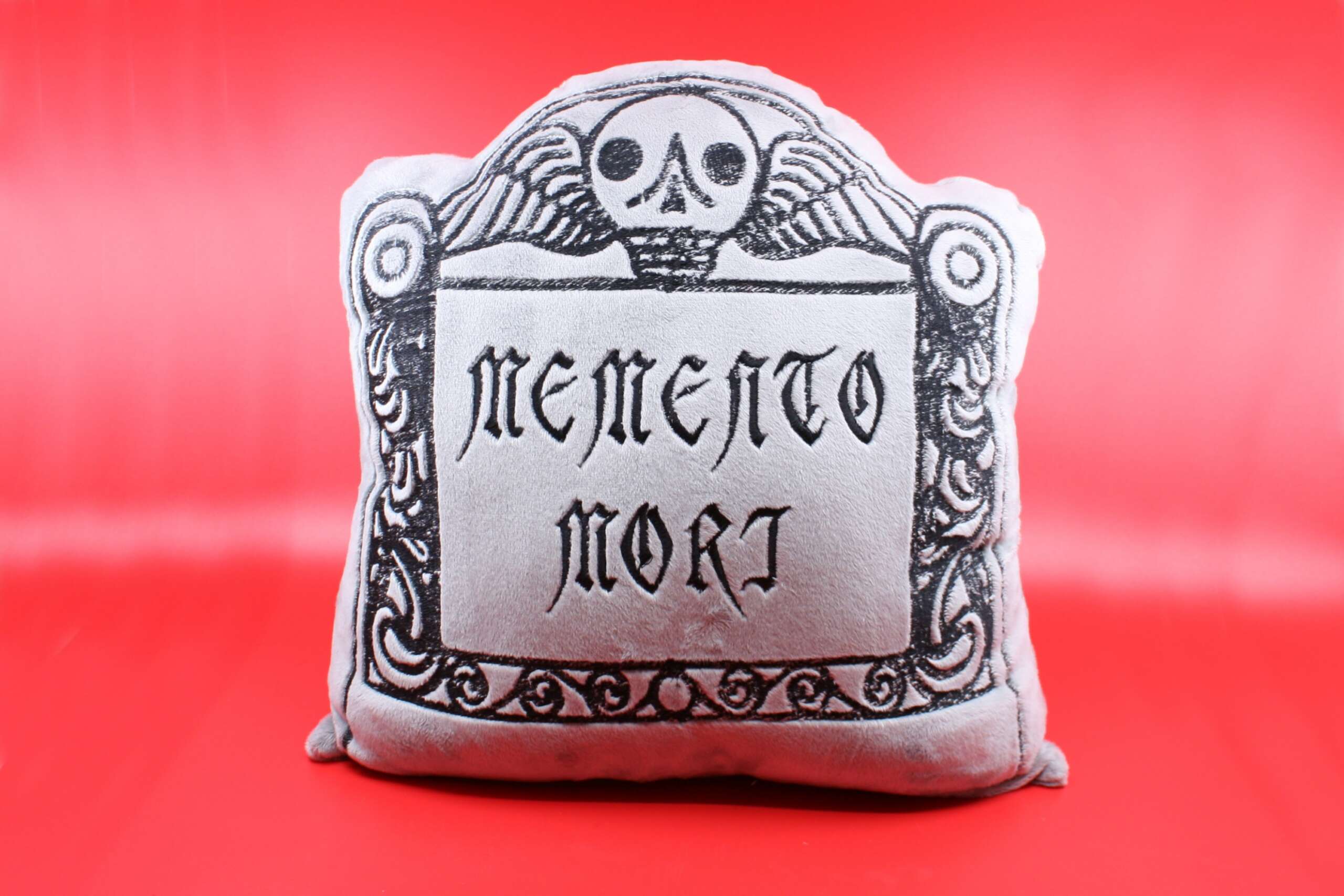
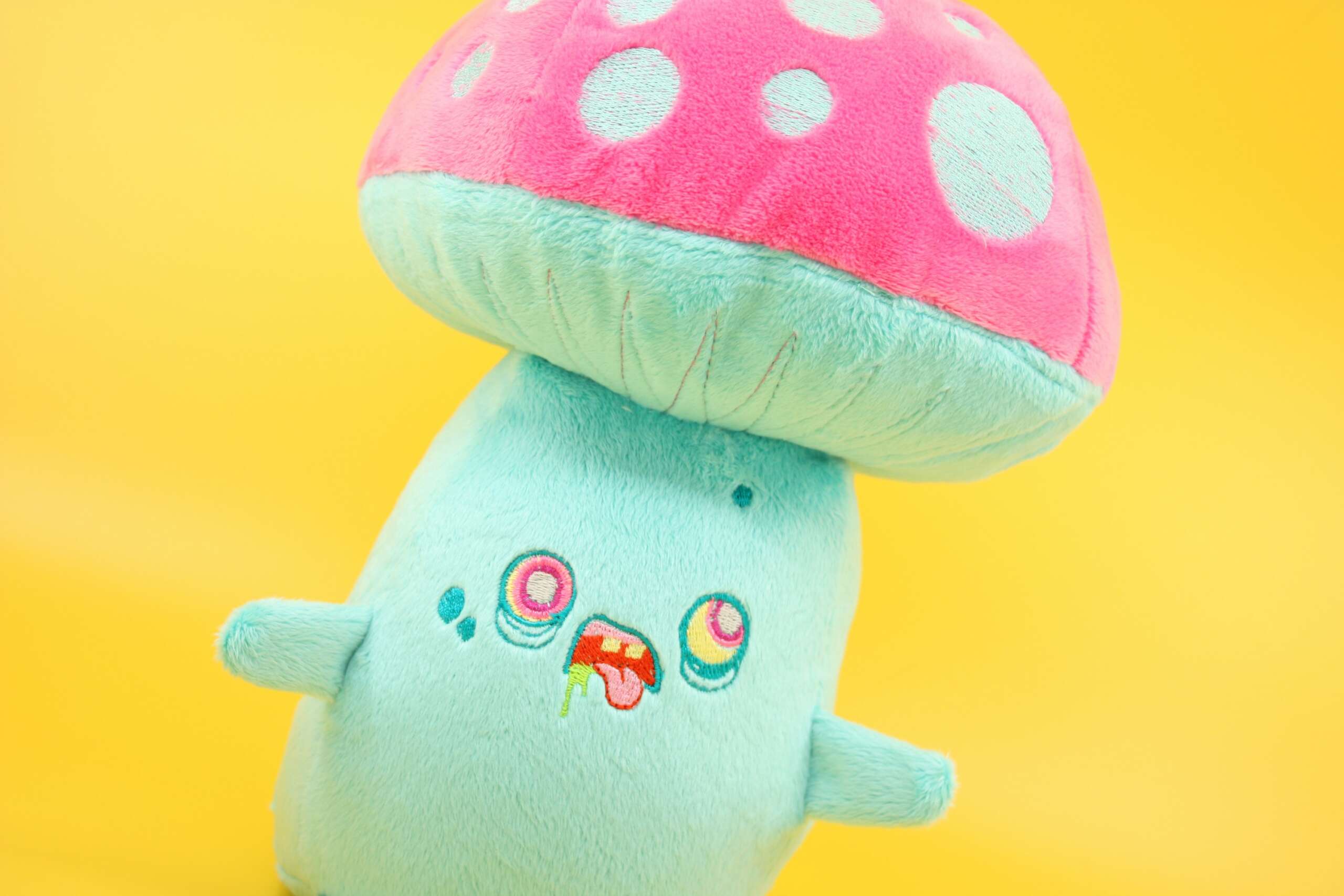
Can you tell us about a time you’ve had to pivot?
A few years ago, I completely switched the target market for my handmade business. I was initially making what I wanted, but as time went by I started focusing on things that would appeal to my current client base, parents and children, and started losing what made my work unique. Having created a product that was focused on helping children deal with their fears, I was careful to not make work I thought might scare those customers off. A lot of my ideas and illustrations have a bit of a darker overtone and so I kept it very separate from my toys, so much so that I was not really sharing that work at all. I had split my creative self into two types of work, and as the cute toy work was paying the bills, I pretty much left the darker side to languish.
For a time, this was a successful strategy. I sold in catalogues, online, wholesaled to stores, and did in person craft shows. I was lucky enough to have my work written about in some magazines and newspapers and I was very busy. I was one of very few toys that were geared toward dealing with child anxiety and it really gave me an edge, but eventually there were anxiety toys everywhere and I was competing with companies that were mass producing overseas. How can a handmade maker compete with overseas pricing and big marketing dollars?
I didn’t really know what to do. I was still selling, but there was more competition and it was getting harder to sell to a client base that was already a hard sell. When selling a child’s toy, you are constantly trying to convince two people they want a thing, the child AND the parent. Sometimes the kid begs for it, but the parent doesn’t want to spend the money or doesn’t approve of the item, other times the parent thinks it’s such a unique and fun item but their kid is apathetic. So selling a child’s toy is already twice the work.
When you do get that happy instance where both the parent and the child want the item it’s great, but then comes the next problem, how do you get them to buy again? The customer buys one for their child, the child generally grows out of a need or want for it and the parent doesn’t come back for another. I was constantly having to get new clients and struggling to get them to come back. Though my buyers were always nice, I wasn’t connecting with them on a deeper level, they usually just bought an item and then that was the end of it. When they would try to connect more with me, they often wanted to know about my children, and I had none. They wanted to know about my struggles with anxiety because I made toys to help with anxiety, and again, I didn’t have much anxiety. I was the brand, but there was a disconnect between me and the products, and it was the source of a disconnect between me and my customers.
All the while, I was putting aside other product ideas I had because I didn’t think the markets I was selling at, nor the majority of parents out there would appreciate some of my stranger ideas. I was changing my work to fit a mould and I was losing what I liked about creating things. In essence, I was becoming a company chasing what it thought the market wanted, as opposed to being an artist, making what I felt passionate about making, and letting the market find me.
Like many people, the pandemic was a big reset for me. I had a minute to think about what I was doing and why I wasn’t happy. I didn’t want to make toys with mass appeal, it wasn’t that fun and it wasn’t really bringing me success anymore. I didn’t want to tiptoe around, worrying about making something that might offend people and trying to appeal to the majority. Art should never lead to tiptoeing, even if that art is just a plush. So, I just started making what I wanted and I immediately started selling more. I started making personalized tombstones, zombie mushrooms with big butts, demons riding unicorns, and vampire hearts. I found new markets that specialized in the strange and sometimes disturbing, and I was selling more than I ever did at the conventional markets. I did lose former customers, and I regularly get rejected from some of the more conventional craft markets, but my newer clients have become people just like me, and we find many ways to connect. I found better success and happiness in being as weird as I want to be, and it has made my brand as an artist so much stronger.
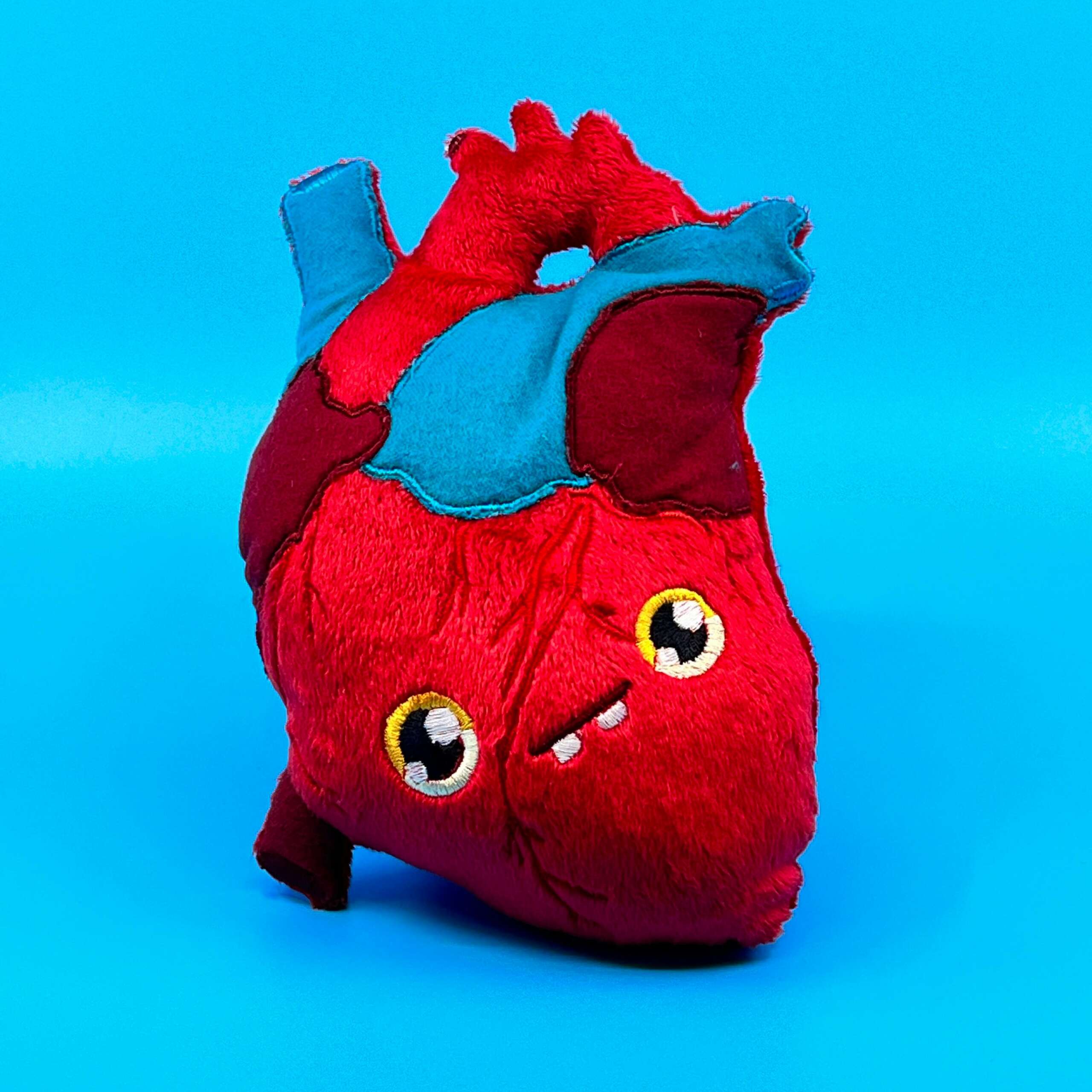
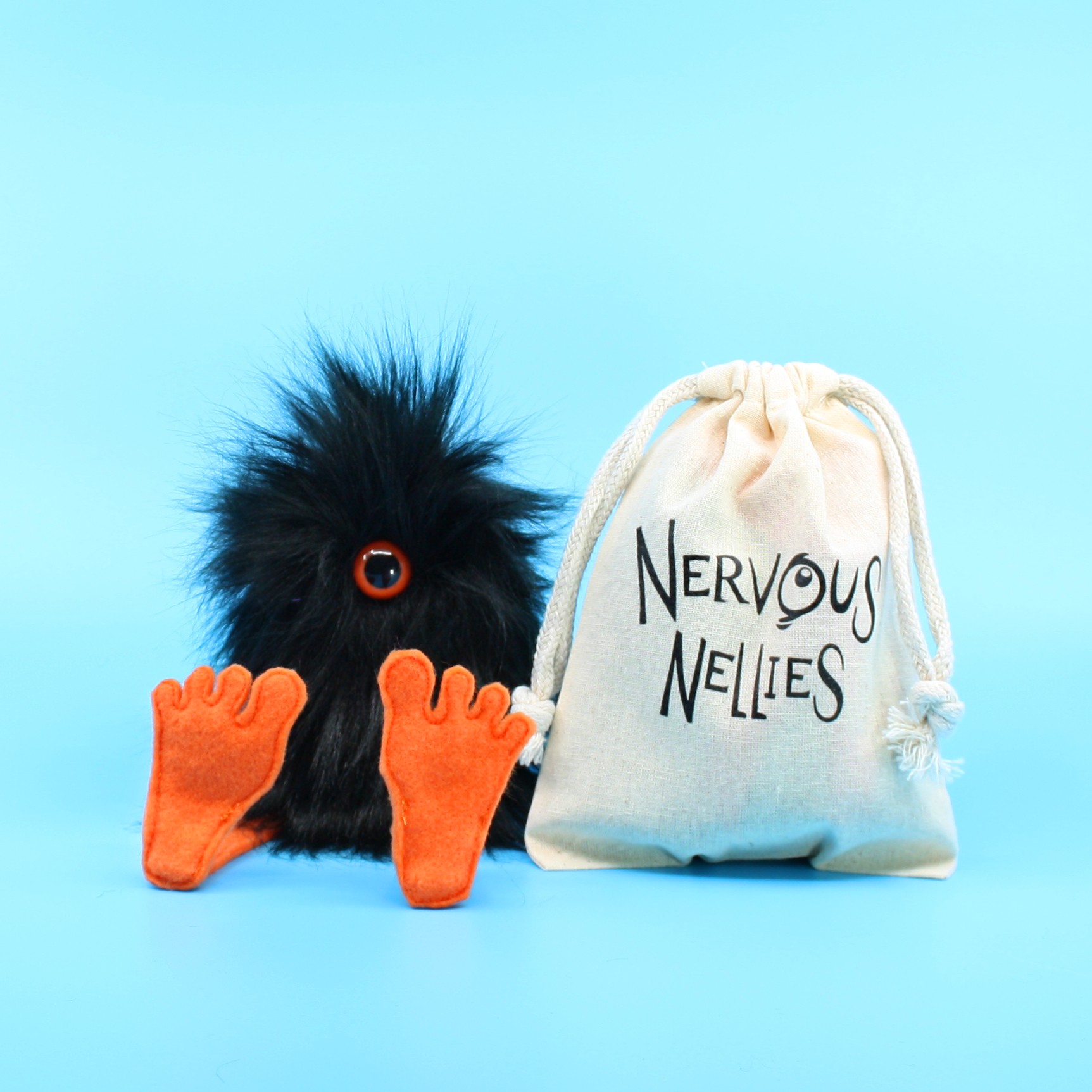
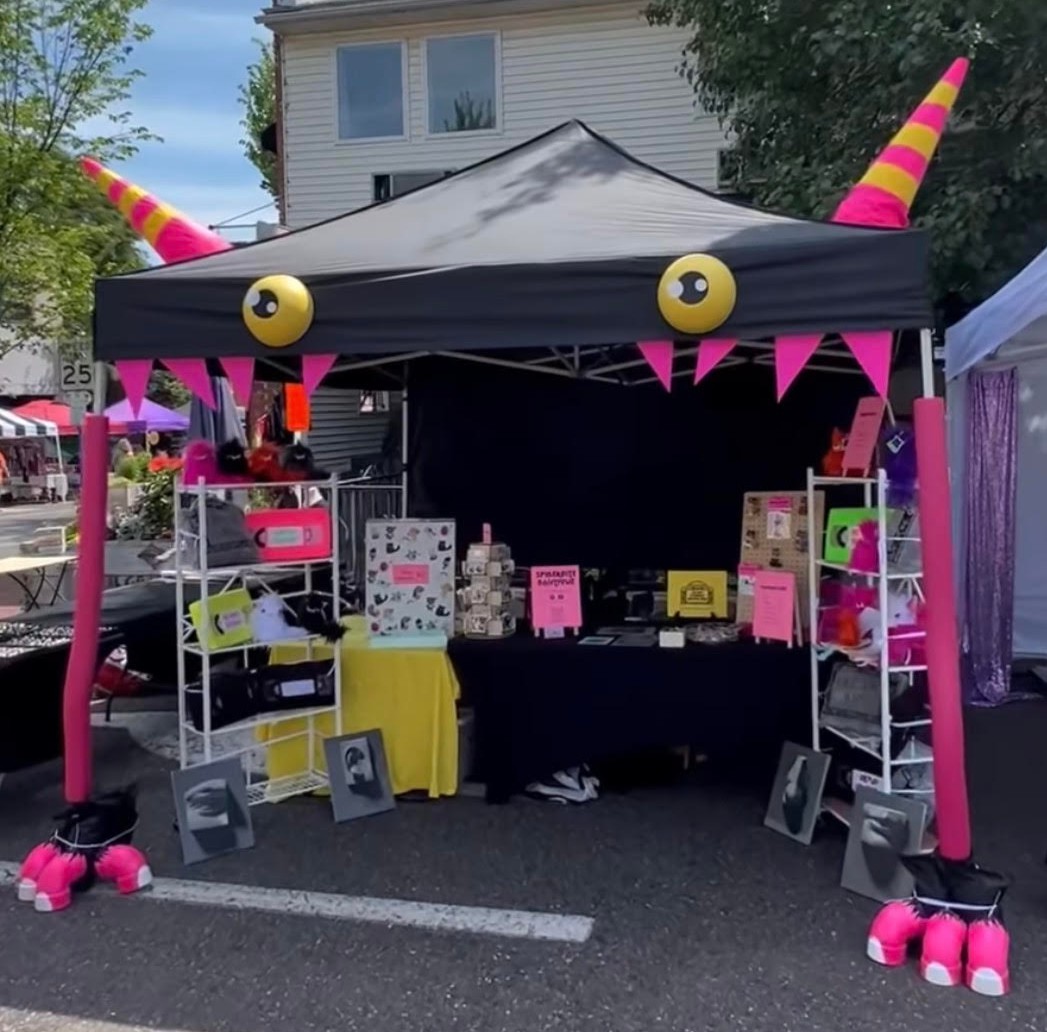
What do you find most rewarding about being a creative?
For me, the most rewarding aspect of being an artist is finding a way of making my weird ideas into some sort of reality, whether it’s a finished piece of art, a product, or just an odd little doodle. It’s so satisfying to have a thought, and to turn that thought into a tangible item that you can see and even hold in the real world. The process of making a new item is always my favorite part. Figuring how best to get that little thought to become an actual physical thing is often a challenge and there are always trials and errors, but nothing beats when it finally comes together the way you imagined. That feeling of accomplishment is of course heightened when someone else sees it in the world and loves it as much or even more than you do. Having a customer fall in love with something I’ve made is something that can’t be topped. Even though I make silly and maybe to some people, frivolous things, the fact that somebody else gets joy out of it connects me to the world. To be able to do this AND get paid is a dream.
Contact Info:
- Website: http://spiderbiteboutique.com/
- Instagram: https://www.instagram.com/spiderbiteboutique/
- Facebook: https://www.facebook.com/spiderbiteboutique/
Image Credits
Drew Wiedemann


